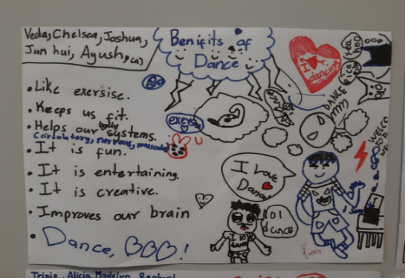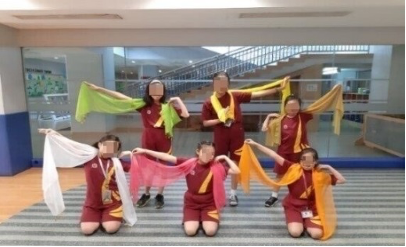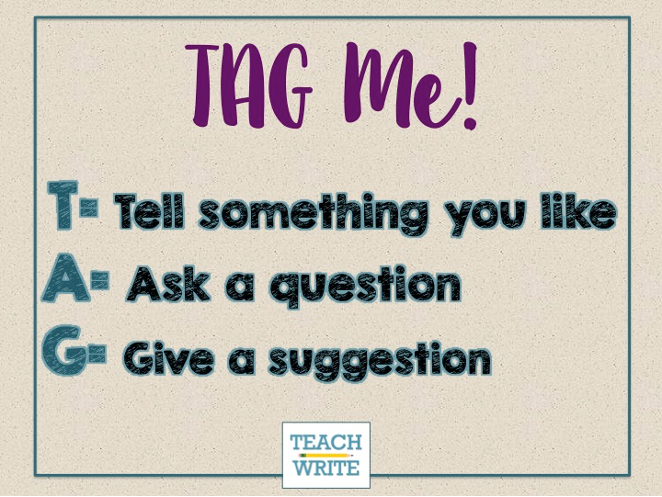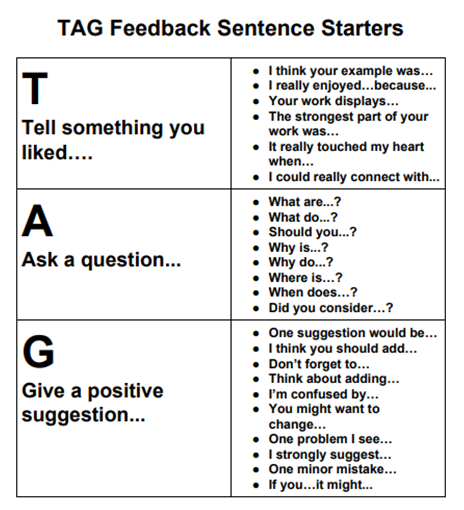Month: February 2022
Integrating dance with units of inquiry
Children naturally express themselves through verbal or non-verbal language since they come from varied cultural backgrounds and have different interests and dispositions. However, there is no doubt that most children love to dance. In my dance class, student agency is a major focus. Students all have equal opportunities to express themselves. They learn to express different emotions appropriately, create the dance storyline, dance movements and improvise. They explore social skills, communication skills, self-management skills, thinking skills, and research skills throughout the learning process.

Through the central ideas and lines of inquiry, teachers can connect dance with the units of inquiry. We can start making connections from a concept-driven perspective to understand the learning better. In “Where We Are in Place and Time” unit of inquiry, for example, students can explore various folk dances from different countries. Creating a creative dance on the life cycle of butterflies as an exploration of living things can be done in the “Sharing the Planet” unit, while creating a modern dance choreography can be done in “How We Express Ourselves” unit. We can also creatively engage and connect dance learning engagements with other disciplines like mathematics, science, technology, and language.
As dance teachers, we can connect dance activities with other disciplines. Below are some examples of dance learning engagements that we have done at BINUS SCHOOL Simprug.
1. Grade 1 students integrated dance activities with mathematics. They were grouped according to odd and even numbers and learned to make movement patterns as part of the dance choreography.
2. Grade 3 students were given two dance activities wherein they could observe and compare them by finding the differences and similarities. They made and presented the Venn diagram resulting from the learning experience.

3. Grade 4 students created a poster of the “benefits of dance” and explained why dance is important and positively impacts our body and body systems.

4. Grade 5 students learned and explored different dance skills and genres. They learned modern as well as Indonesian traditional dances in the class. It helped the students explore, research, and respect different cultures, including their own.

5. During the PYP Exhibition, the students explored and created dance performances connected with the Sustainable Development Goals and their exhibition issues.

By integrating dance with the units of inquiry, students can connect with what they have learned in class and understand the lessons from different perspectives. This makes the unit of inquiry and learning transdisciplinary, and it provides an authentic experience for the students. It also helps students to be more engaged and motivated. Indeed, dance is an important part of the curriculum and our everyday life.
By: Vimala Murti Pitra Tunggal Jaya
Head of PYP Dance and PE
BINUS SCHOOL Simprug
vmurti@binus.edu
Using the T-A-G Feedback Approach to Support Learners in Becoming Assessment Capable
How do we define assessment capable learners? How do we approach the idea behind assessment for learning? How do we support and encourage our students to have voice, choice, and ownership in their learning? There are many ways to answer these questions, and one of them is the culture I and my students have developed in our class – the T-A-G feedback approach.
As educators, we all know that students must be at the centre of learning. To do this, we always reflect and find ways to adjust our teaching and learning approaches in ways that will benefit them. One of the ways to do this is to provide opportunities where they can be actively engaged. The T-A-G approach encourages more students’ voice and participation. It helps deliver effective feedback and generate a worthwhile learning experience for students. “T” stands for “Tell me something you like”. This is usually the easiest part of the feedback cycle. “A” stands for “Ask a question”, and this takes a bit of modelling to ensure that students ask relevant questions. “G” stands for “Give me some positive suggestions to improve my work”. Often during feedback, students write that there is nothing that needs to be changed or improved, that is why we use the T-A-G sentence starters to guide students for how they can provide constructive suggestions.
This culture of giving and receiving feedback has been going on in my class since the beginning of the academic year. Along the way, we have applied some revisions in the way we deliver the feedback so that everyone feels comfortable, safe, and supported. There are so many benefits, and I’ve seen the students grow as they willingly welcome and accept other’s feedback about their work. They now reflect more on their learning, act on the next steps they need to undertake based on feedback given to them, and they take more responsibility and ownership over their own learning. Not only those receiving feedback benefit from the practice, but also those who give them. Students learn how to be more attentive when their peers are presenting their work. They also learn how to provide critical and constructive feedback to others, and they develop the ability to think on their own.
When asked what they like about the T-A-G feedback approach, some of my students answered:
- I like the T-A-G practice because it helps me improve my work. Our friends can tell us what they liked, and they can ask questions if they’re confused with something.
- I like it because it seems nice and it gives us a hint on improvement. We can also say our opinions and feelings about the work of our classmates.
- I like to get t-a-g feedbacks because it will help me do better by telling me what I need to improve. Sometimes it’s sad but you learn from your mistakes.
- I like the T-A-G practice because it helps me improve my work and I can give my opinion. I really love people to give feedback to me because I want to improve on my work.
The most recent assessment task we’ve done was under the transdisciplinary theme “How the world works”. The students worked in groups and researched about an energy source, its advantages and disadvantages, how it is used in Indonesia, and invention or innovation related to that energy source, and how that energy source can be conserved. Below are samples of students’ feedback using T-A-G which happened a week before their final presentation. After getting feedback, the students had another week to revise their work and apply the suggestions given to them. As expected, their work was so much better. By doing this process, the students were once again reminded that assessment is not the last step of the learning process but a guide to identify areas for improvement and is used to further student learning.
T – Your work displays a balance of pictures and words at the start, and your work displays a lot of information.
A – Why were there less pictures when it started to go to the end of the presentation?
G – I think you should add more pictures and design. You can also do slide transitions to make it more interesting.
T – Your work displays a lot of relevant information about hydropower. I really learnt a lot! You also spoke with a loud and clear voice, and all of you were confident.
A – Where is your slide for energy conservation? How did you do your research?
G – Think about adding more pictures of your experiment (the conclusion slide is quite bare); another suggestion would be to introduce the tidal turbine before talking about it (maybe say, “We found an invention that helps generate water energy.”
T – I liked how you added a script to most of the slides so you don’t have to read everything in the slide.
A-Did you consider adding a video for your experiment?
G-I think you should add the energy conservation because I did not see it in your slide.
T- I like the designs of your presentation.
A- Did you ever consider making it less wordy and perhaps have a script of your parts?
G- I think you should make it less wordy.
T – I enjoyed the presentation because it was very informative.
A – How did you come up with the idea of coconut oil?
G – I think you should add words that we understand and when you go to a source don’t copy it, but instead put it in your own words.
T – Your work displays beautiful and informative slides.
A – Why are some of the pictures unrelated to the slides?
G – You might to check again for proper grammar, spelling, words we understand, and related things.
T – I like how you put a very simple and fun to do experiment for us.
A – Is there only one type of fossil fuel that is renewable?
G – One suggestion is for you to speak a bit louder.
T – I liked the pictures and the script also your designs were amazing.
A What do you mean by oil, what oil?
G – I think it was too wordy and I think you could have added some fun facts about it.
Being an active part of the feedback process leads the students to truly embrace their learning. This interaction and collaboration between the students and their teachers also help in creating a positive relationship. Now, everyone in class is not afraid to make mistakes and feel confident that someone will remind or question them in a constructive way. Although it is quite time consuming, the positive impact on student learning is worth the time and effort.
By: Corita Silapan
Grade 4 Class Teacher
BINUS SCHOOL Simprug
ctorregoza@binus.edu


